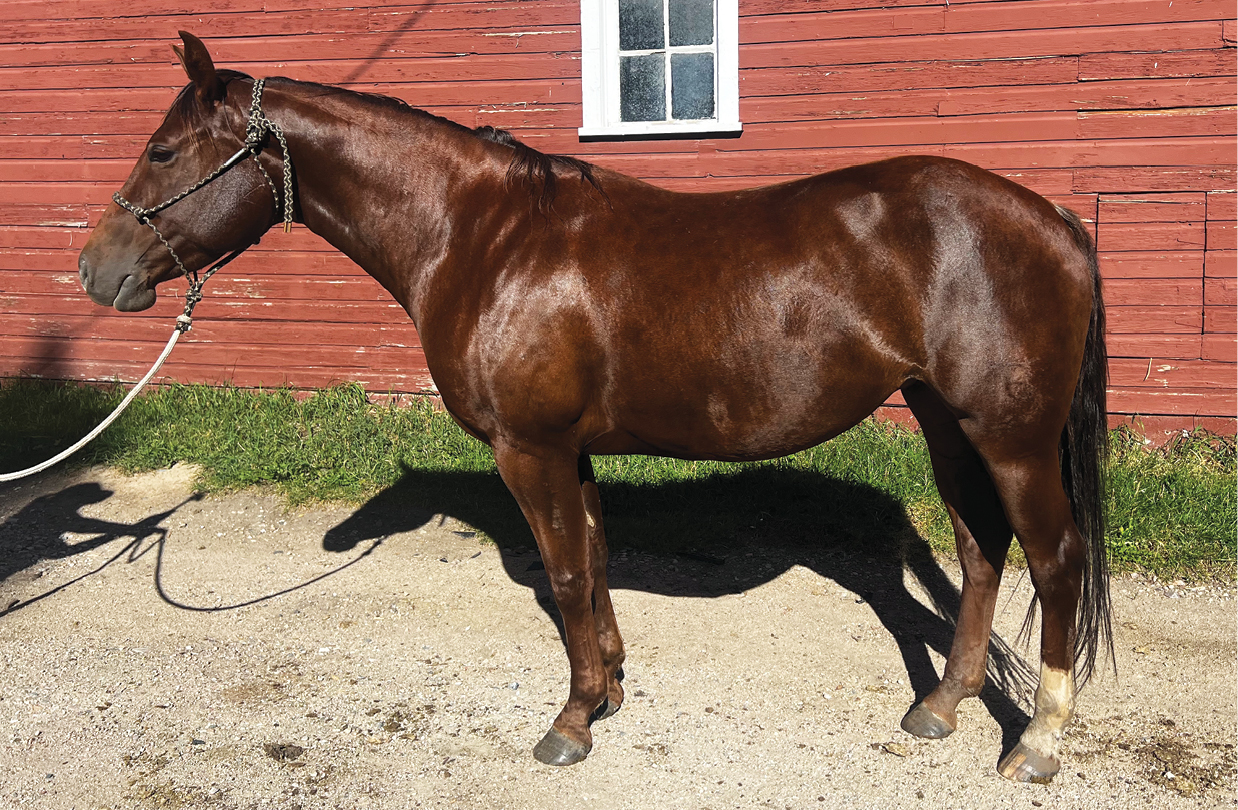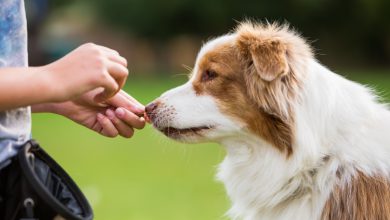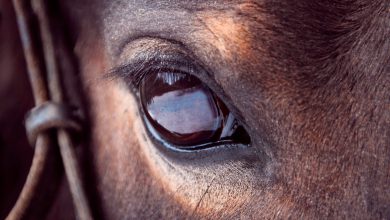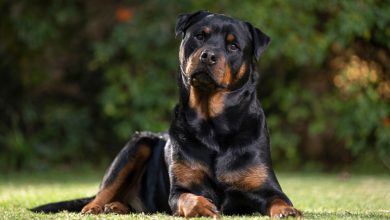Conformation Clinic: Performance Mares – Horse and Rider

Evaluate and place these performance mares. Then see how your choices compare to our expert judge’s.
Following the stock breed associations’ rulebooks, I look for the four basics of balance, structure, breed and sex characteristics, and muscling when judging conformation. When judging for conformation in performance horses, I am looking for a horse with positive characteristics in all of those categories that will be able to perform athletically and hold up with years of use.
[Read: How to Take a Good Conformation Clinic Photo]For this class of mares, I was able to quickly determine my winner, based foremost on that all-important first category of balance as well as the second category of structure. While all three have some positive attributes, one has more positives than the others and stands out as most likely to perform the best and stay sound over time with good care. Each noted flaw in the second and third place mares negatively affects their athletic ability and over time can cause unsoundness.



Now, try your hand at ranking these mares in order from 1st to 3rd place! Then, check your answers below.
Ready to find out how you did? Find the judge’s placings below, and learn how a judge decodes conformation to determine placings!
First Place | Mare B
Though her coat is rougher than the other two, this mare easily stands out as having the best overall balance, with her body dividing into even thirds. Her topline has well set back withers, shows strength over her loins, and has the longest croup in the class.
She is a bit plain-headed and could show more femininity, and her neck could be longer, but it’s adequate for her proportions and ties in nicely to her chest and shoulder. The good slope of her shoulder is evident in the fact that her withers are positioned well back, above her heartgirth. Her depth of heartgirth is adequate and she has the most substantial hip and best muscling tie down in her hind end.
She’s a good-footed mare with the best legs in the class. She has flat knees and nicely sloped pasterns of good length up front. In her hind legs, her hocks are well angled and level with her knees, with her gaskin and cannon bone of equal length. With good management, she should be able to perform athletically for years.
Second Place | Mare A
This mare shows excellent conditioning with her glossy coat, but isn’t as well balanced as Mare B. Her middle section is long, especially when bookended by her front and hind sections, which are both quite short.
Her neck, her best feature, has a tidy throatlatch and is of adequate length. However, her neck’s tie-in to her shoulder and chest isn’t as clean and defined as Mare B’s. Her shoulder is much more upright than Mare B’s, as evident in her withers positioned directly above her shoulder rather than above her heartgirth. Her croup is short, and her hip is weak, lacking in muscling tiedown.
She leans out over her front legs, but that’s due to how she’s built rather than how she’s stood up. Her upright shoulder, with withers so far forward, combined with her short hip and her hocks set higher than her knees all help push her over her front end. Her front pasterns are also very long with too much slope, which will predispose her to unsoundness as she carries so much of herself on the forehand.
Third Place | Mare C
Though she shows the most femininity, this mare is the least balanced in this class. A balanced horse should fit into an imaginary square box up the chest, across the back and down the rear edge of the haunches. This mare, very long and low, fits into a rectangular box. Her topline drops off behind her wither and though she’s very long overall, her peaked croup is the shortest in the class with a very high tailset that poses reproductive challenges.
She has a long, well-shaped neck and her shoulder, her best attribute, shows better slope than Mare A’s. Her depth of heartgirth is adequate, but behind that she’s almost a different horse, very long and weak in her middle, and short and weak in her hip.
The front legs have good, flat knees and pasterns of adequate length and slope, but as with the rest of her body, her hind end falls short. Her hocks are the highest in the class and set out behind her making it impossible for her to carry and drive herself from the hind end.
Clint Fullerton operates Shield Ranch, LLC, in Kansas City, Kansas, and as a judge, currently holds cards with the AQHA, APHA, ApHC, NRHA, NSBA, and WCHA. Born into a family of horse trainers, he has also trained, shown and coached more than 250 world and reserve world champions.
To submit a photo of your horse to be evaluated in Conformation Clinic, send us a left-side profile photo of your horse (for digital photos: high-resolution, 300 dpi, in at least 3″ x 5″) to HorseandRider@equinenetwork.com with your contact info and your horse’s breed, age, gender, and height. (We welcome all breeds!)



